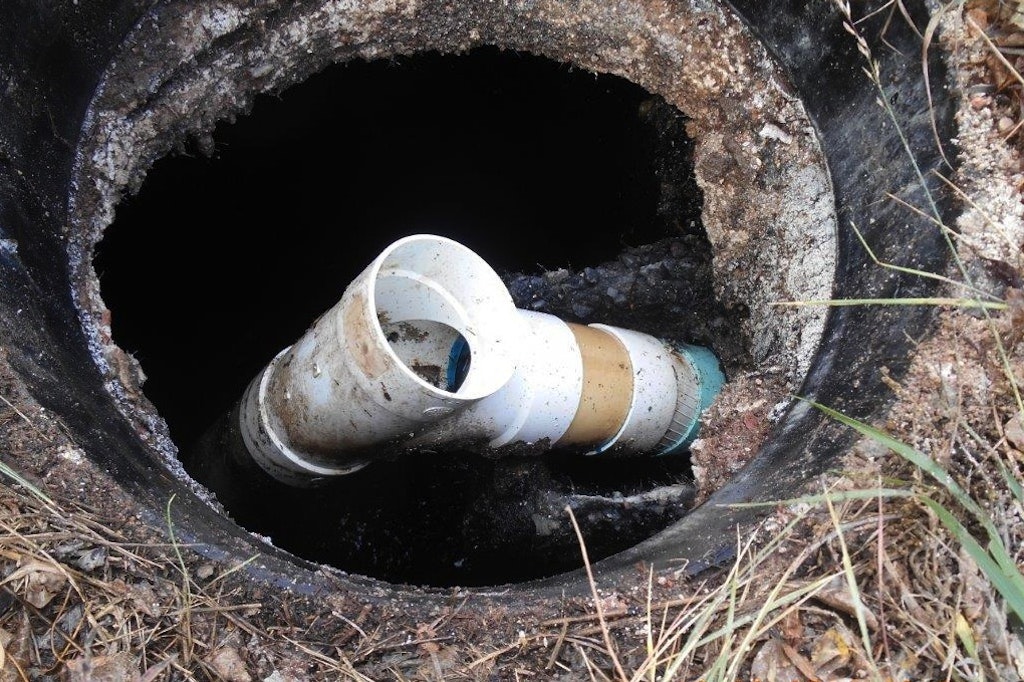How Window Film Improves Indoor Air Quality by Reducing Heat and Sun Exposure
Window films are an effective solution to improve indoor environments by controlling heat and sun exposure. These thin layers, applied directly to windows, can significantly impact the quality of air inside homes and offices. By reducing the amount of heat and harmful ultraviolet UV rays entering a space, window films help maintain a more comfortable temperature and lower the need for excessive air conditioning. This not only saves energy but also reduces indoor pollutants linked to high temperatures and sun damage, promoting healthier indoor air quality for occupants.
Window Film Reduces Heat and Sun Exposure
Window films work by blocking or reflecting a large portion of the sun’s heat and UV rays. This process helps prevent rooms from overheating, keeping indoor temperatures stable without relying heavily on cooling systems. Less heat inside means fewer pollutants get released from materials like paint, carpets, and furniture, which can emit harmful chemicals when heated.

The Benefits of Window Film for Indoor Air Quality
- Lower Indoor Temperatures: Flexippf window films reduce solar heat gain, keeping indoor spaces cooler and more comfortable.
- Reduced Air Conditioning Use: With less heat, air conditioners run less frequently, decreasing the circulation of dust and allergens.
- Block Harmful UV Rays: UV rays can degrade indoor surfaces and release volatile organic compounds VOCs, which affect air quality. Window films help block up to 99% of UV radiation.
- Prevent Fading and Damage: By protecting furniture, flooring, and fabrics from sun damage, window films reduce the need to replace items that could release particles into the air.
- Energy Savings: Less need for cooling means lower electricity use and fewer emissions from power generation, indirectly improving outdoor and indoor air quality.
How Heat and Sun Exposure Affect Indoor Air Quality
Excess heat and sunlight can cause building materials and furnishings to release VOCs, which contribute to poor indoor air quality. These chemicals may cause headaches, dizziness, or respiratory issues. High indoor temperatures also encourage the growth of mold and mildew, especially in humid climates, leading to further air quality problems. Window films help by:
- Minimizing temperature spikes that trigger VOC release.
- Protecting surfaces from direct sunlight, which accelerates material breakdown.
- Reducing glare, improving comfort without compromising natural light.
The Advantages of Using Window Film
- Improved Comfort: Cooler indoor air reduces the risk of heat-related discomfort and health problems.
- Enhanced Privacy: Some window films offer tinting that limits outside view without darkening interiors.
- Safety and Security: Certain films strengthen glass, reducing shattering risks during accidents or storms.
Conclusion
Using window film is a simple and cost-effective way to improve indoor air quality by controlling heat and sun exposure. It protects both people and property, creating a healthier and more comfortable living environment. By reducing pollutants and energy use, window films contribute to better indoor wellness and sustainability.
- Window films block heat and UV rays, reducing indoor temperature.
- Lower heat decreases VOC emissions from indoor materials.
- Reduced reliance on air conditioning cuts down indoor allergens circulation.
- Protects furniture and flooring from sun damage, reducing air contaminants.
- Helps prevent mold growth by controlling heat and moisture.

